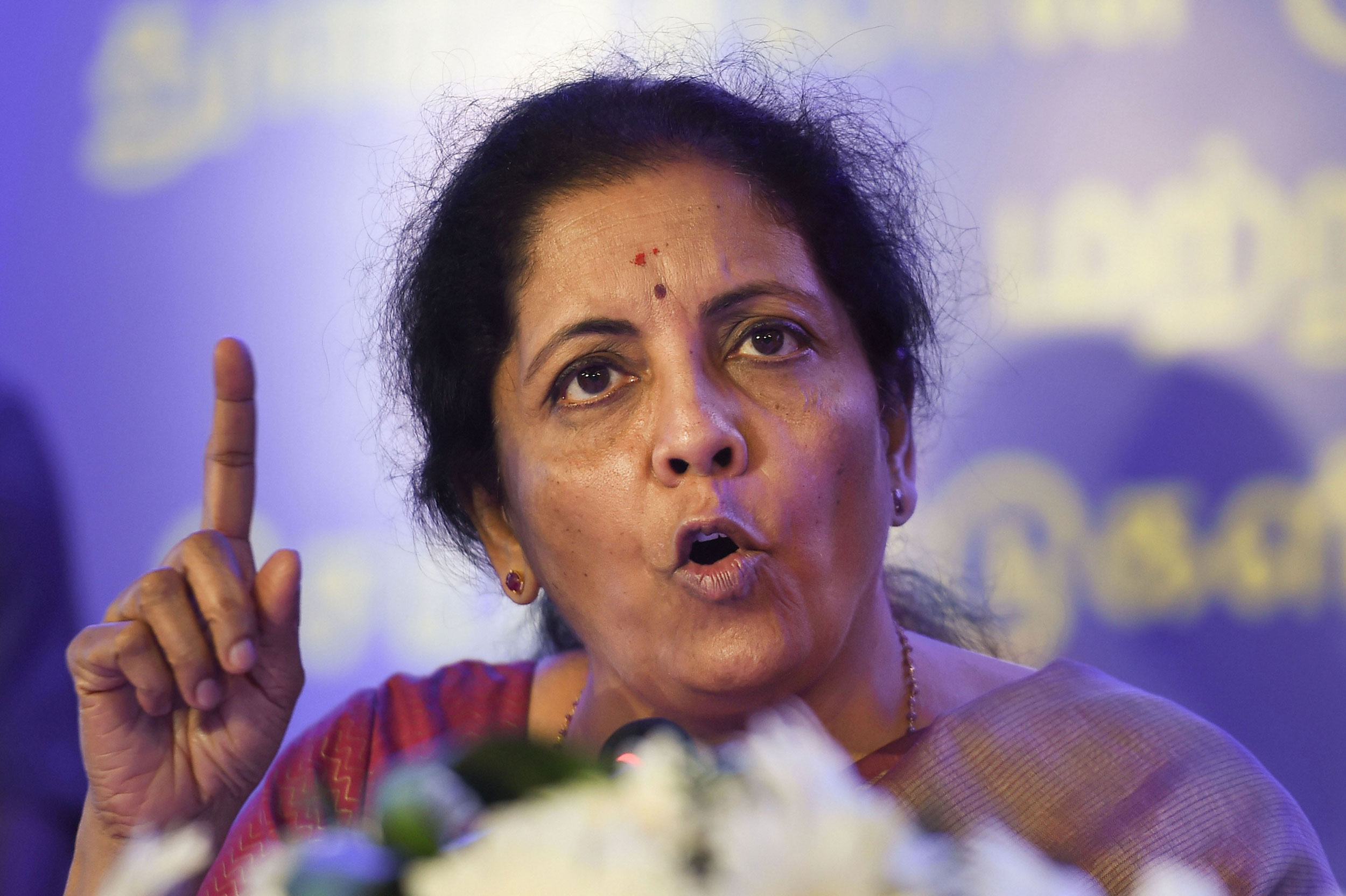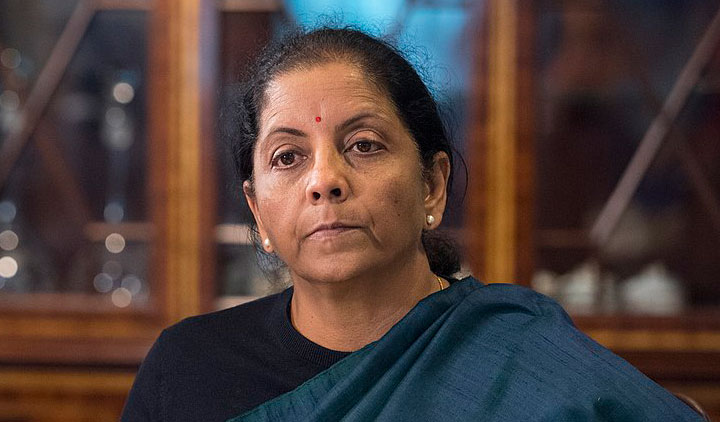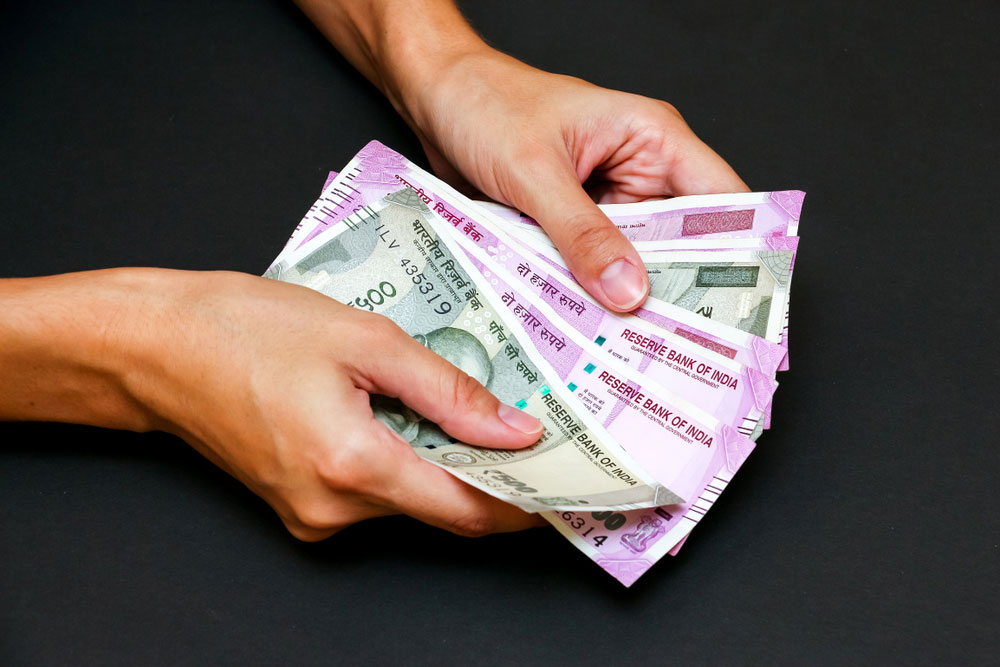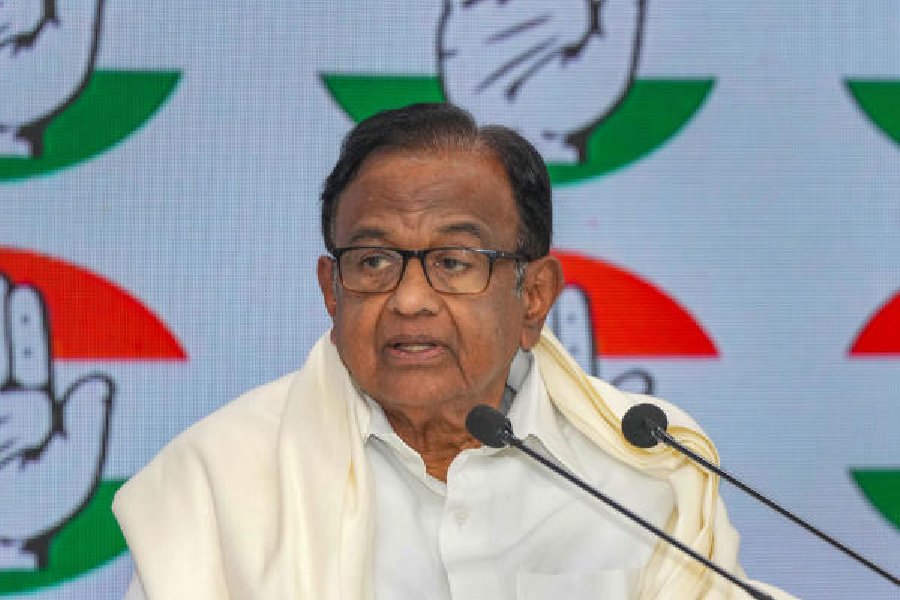The finance minister has announced an expenditure plan of Rs 102 lakh crore for spending on infrastructure projects, such as power, agriculture, railways and roads. This is aimed at boosting the sluggish economy. These projects will come up in 18 states and Union territories and are to be funded jointly by the Central government (39 per cent), state governments (39 per cent) and private sector firms (22 per cent). The spending would be covered within the next five years. The projects have a cut-off size of Rs 100 crore. Nirmala Sitharaman has hinted at the possibility of adding projects worth Rs 3 lakh crore within a few weeks’ time. This is arguably the first major effort to address the macroeconomic problem; it is also a belated admission that boosting demand is the only solution. This is a positive step, but many areas of the plan lack clarity. For instance, the ministry has not announced which states are to be included in this package. Or from where would states find the funding? Would private investors pitch in if they are not certain about reasonable returns? Ms Sitharaman has claimed that the funding model would be revamped with improvements in the case of dispute resolution and contract enforcement. The new model, however, is not yet known. The package is supposed to have five annual tranches of spending on an average of about Rs 20 lakh crore each year. The minister has claimed that 43 per cent of these projects are already under implementation and that only 33 per cent of the projects are in the conceptualization stage. This particular claim raises questions about the veracity of the data: how much of the Rs 102 lakh crore has actually been spent already and how much of it is fresh spending? The macroeconomic impact would depend on this split.
The package has grey areas in terms of selection of projects, the actual size of the spending, and the impact on the Union budget. This year’s fiscal deficit has already crossed the budget target. Additional spending, if booked as revisions for the current fiscal year, will make the deficit even larger. Not only that, the core sector, which includes much of the infrastructure production, has been contracting continuously since August 2019. This contraction can be attributed to the lack of demand. Whether the additional spending will bring forth private participation and actually create enhanced demand for new infrastructure remains to be seen. Till then, the proverbial fingers would have to remain crossed.












